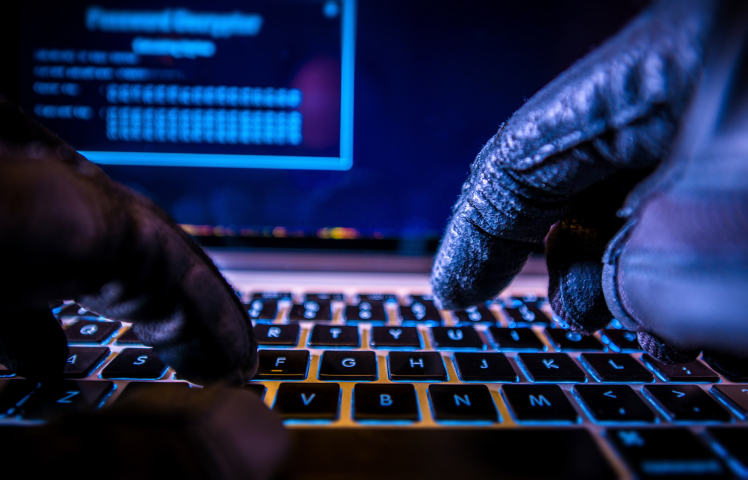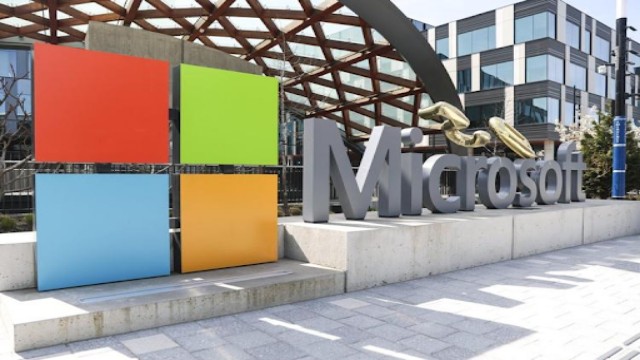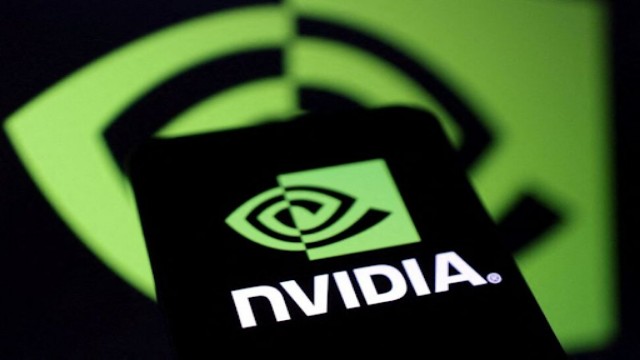
Security researchers uncover ransomware attacks exploiting TeamViewer, highlighting vulnerabilities in remote access tools. Vigilance and enhanced security are crucial for businesses. (IT World Canada)
In a bid to facilitate remote work, IT administrators commonly deploy remote access software such as Zoho Assist, TeamViewer VNC Connect, Windows RDP, and AnyDesk for employees working outside the office. While these tools play a vital role in ensuring business continuity, they also present a potential risk, as hackers seek to exploit poorly-secured applications to gain unauthorized access to enterprise networks.
A recent report from cybersecurity researchers at Huntress sheds light on a concerning incident involving two unnamed organizations. According to the findings, the compromised TeamViewer software was exploited by hackers to encrypt two endpoints with ransomware. The researchers noted that the attacker's approach appeared consistent across both incidents, with the initial deployment of ransomware traced back to a DOS batch file executed from the compromised user's desktop.
Fortunately, the security software on one of the affected computers limited the extent of file encryption. Additionally, there was no evidence to suggest that the threat actor went beyond the impacted endpoint, indicating a lack of reconnaissance or attempts to move laterally within the affected infrastructure.
This incident is not an isolated case, as there have been multiple reports of threat actors exploiting remote access tools for malicious purposes. In December, Microsoft took action by disabling Windows App Installer due to its exploitation by threat actors attempting to deceive individuals seeking legitimate versions of TeamViewer, AnyDesk, and similar utilities.
Earlier, during the summer, cybersecurity agencies from seven countries issued warnings about the LockBit ransomware gang's tactics, highlighting their utilization of existing installations of TeamViewer and other tools or integrating them into compromised IT systems.
Huntress emphasized the importance of IT administrators maintaining a comprehensive inventory of software under their control to effectively apply security policies. The advisory stressed that threat actors actively seek any available means to access individual endpoints, emphasizing the need for a proactive approach to prevent potential havoc and the expansion of their reach within the infrastructure.
In conclusion, the incident reported by Huntress serves as a reminder of the inherent risks associated with remote access software and the imperative for organizations to implement robust security measures. As businesses continue to rely on such tools for remote operations, it becomes crucial for IT administrators to stay vigilant and employ effective security protocols to safeguard against potential cyber threats.















